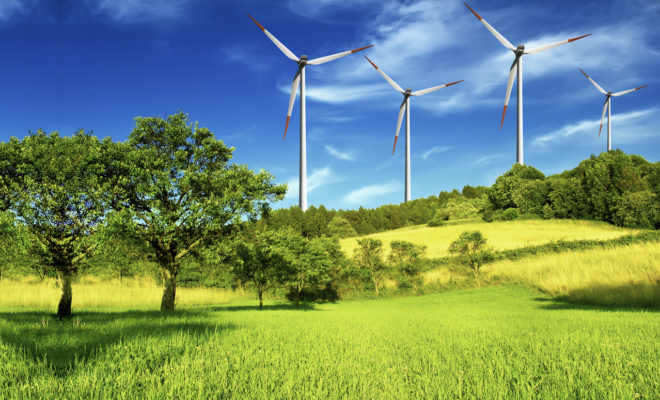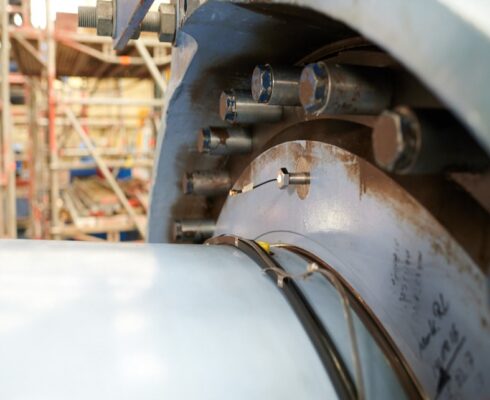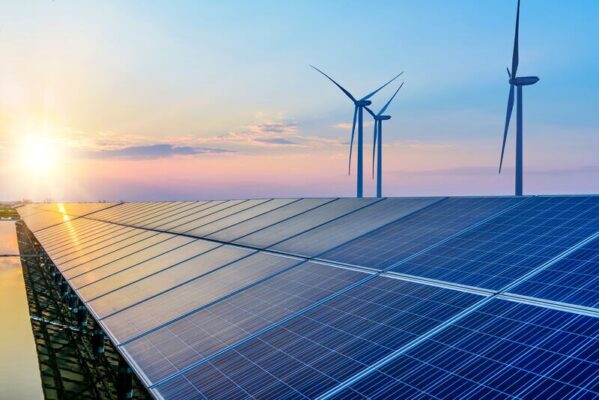The wind industry is especially dependent on logistics due to its exacting technical requirements involving the fabrication, manufacture, and transport of the hundreds of smaller components that make up wind turbines. This chain of dependency runs both ways: semiconductor manufacturers also use bearings produced by SKF.
Thus, even the smallest disruption in the supply chain can create massive delays and headaches as manufacturers absorb the resulting costs incurred. Being in such a precarious position made wind farming particularly vulnerable as the pandemic hit and countless transport centers worldwide were shuttered.
The effects of the enormous supply chain snarls emerging in the wake of this shuttering persist to this day. Suddenly electronics that had previously been abundant and cheap – as little as two euros – spiked in price, often reaching upwards of hundreds of euros, while demand soared due to the sudden scarcity of the previously commonplace semiconductors. In addition, the price of raw materials like steel, so important to the construction of wind turbines, also experienced price jumps, as did transport costs.
Almost all affected industries have yet to bounce back from the shortage, but recent developments in the Far East could point to a recovery on the horizon. Henrik Andersen, the CEO of Vestas Wind Systems S/A, saw his company’s wind turbine profits slashed by half in 2021. Still, he remains optimistic, urging companies and consumers to be patient, taking a sanguine wait-and-see approach.
After all, China concluded its zero-covid policy only in December 2022, and the WHO only declared the official end of the pandemic last month. Furthermore, Vestas only just turned a profit in the second quarter of 2023. Still, the bottlenecks and backlogs may continue for the next few months, but there is hope on the horizon as they dissipate over time.
A viable solution?
Another effect of the pandemic and subsequent chaos in the semiconductor market was the rise in the cost of imports. Alarmed by this trend, manufacturers in the UK decided they would do something about it. One proposed proactive solution involves relocating production facilities closer to home rather than in far-flung locales like Taiwan, home to the world’s largest semiconductor fabrication plant and where the majority of the world’s semiconductor technology is manufactured.
Countries such as the US and the UK, jittery that their legislative clean energy goals will not be met due to the lack of semiconductors, are committing to bringing production onto their home soil, which will reduce the current reliance on Asia for tech components essential to microchip production.
Hope on the horizon
This tactic not only provides one solution to the present crisis, but leaders are hoping that it should help stem the tide of supply chain snafus in the case of future pandemics.
As chip prices finally begin to drop and stocks approach viable levels, the next few months should see a sharp uptick in semiconductor production and availability as well as more profits for all affected industries, including big wind. This recovery should also allay countries’ fears about not reaching their sustainability goals as they shore up their own production facilities and supply chain snarls unfurl.


